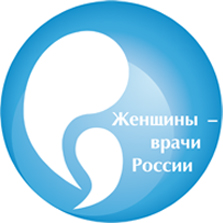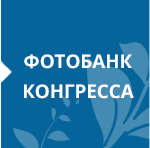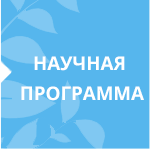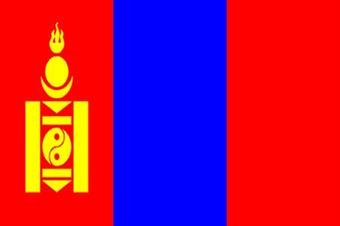
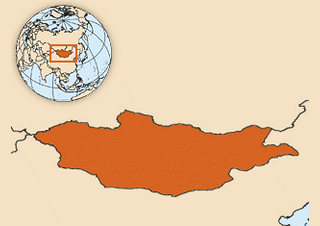
Mongolia
1. Some statistics
Total population (2016) 3,027,000
Gross national product per capita (international PPP dollars, 2013) 8,810
Estimated life expectancy at birth m/w (years, 2016) 66/74
Probability of dying (per 1,000 live births, 2018) under age five 16
Probability of dying ages 15-60 m/w (per 1,000 live births, 2016) 294/127
Total health care expenditures per capita (in international dollars, 2014) 565
Total health expenditure as % of GNP (2014) 4.7
Recent data from the Global Health Observatory
2. General information
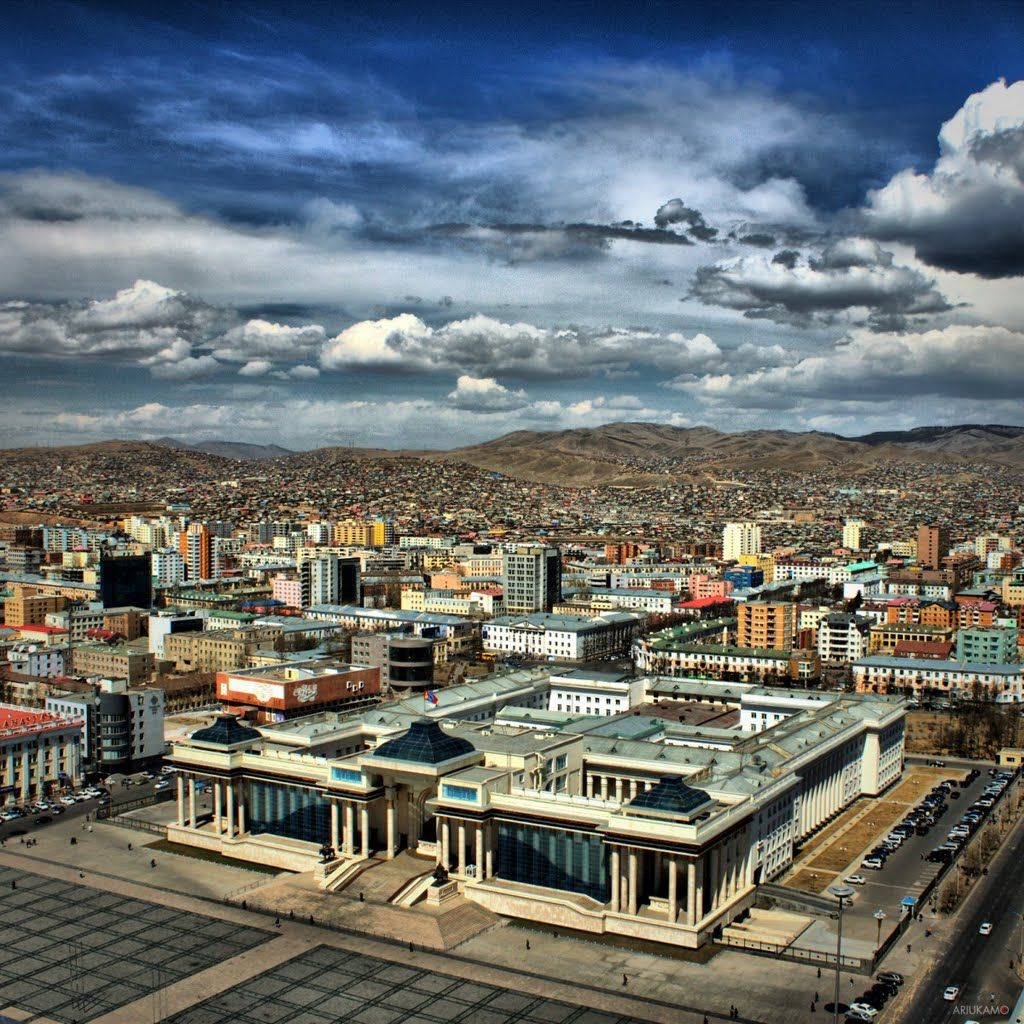
Mongolia (Mong. Mongol Uls) is a state in East-Central Asia. It borders on Russia in the north and China in the east, south and west. It has no access to the sea. The area is 1,564,116 km².
In its history, Mongolian ethnic groups have gone through periods: a unified Mongolian state with the formation of a single Mongolian people; a world empire; disintegration of the empire (which began with the fall of the western territories); feudal fragmentation with attempts to unify and restore the empire, division of the nation; complete loss of state independence and transformation into colonies of neighboring states; restoration of statehood in the territories of indigenous uluses; and a sovereign state in recent times.
The *Mongol Empire emerged in 1206. Genghis Khan ruled Mongolia from 1206 to 1227 and it was the largest empire in all of world history: it stretched from present-day Poland in the west to Korea in the east, and from Siberia in the north to the Gulf of Oman and Vietnam in the south, covering about 300,000,000 square kilometers (22% of the total area of the Earth) and with a population of over 100 million people.
Mongolia is currently a parliamentary republic.
Mongolia has an area of 1,564,116 km² (19th in the world, after Iran) and is mostly a plateau elevated 900 to 1,500 m above sea level. Above this plateau rises a number of mountain ranges and ridges. The highest of these is the Mongolian Altai, which extends 900 km to the west and southwest of the country.
Mongolia has a sharply continental climate, with harsh winters and dry hot summers. Mongolia's economy, although more people live in cities, is still centered on agriculture and mining. Mineral resources such as copper, coal, molybdenum, tin, tungsten, and gold make up a large part of the country's industrial production.
3. The health care system (prevention system)
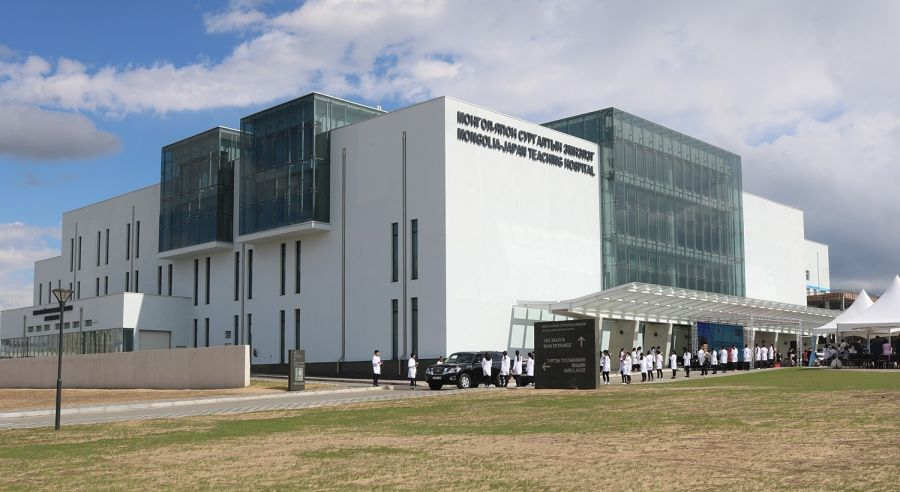
Health care in Mongolia developed from 1922 under the Soviet Semashko model with a large hospital and clinical network. This required a large number of medical personnel, which were in short supply due to the isolation of the country. Since 1990, social change and improvements in health care began in Mongolia. There are still many problems in improving the health care system, especially in sparsely populated areas.
The Ministry of Health is responsible for providing public health services in accordance with the Law on Health Insurance of Citizens. Citizens are required by law to register and undergo annual examinations. Funding is provided through an organization established in 1994. Patients must pay a surcharge of 10% for secondary care and 15% for tertiary care.
The health sector includes 17 specialized hospitals and centers, 4 regional diagnostic and treatment centers, 9 district and 21 aimak general hospitals, 323 general hospitals, 18 paramedic stations, 233 family group practices, 536 private hospitals and 57 pharmaceutical companies/pharmacies.
Currently, there are 27.7 doctors and 75.7 hospital beds per 10,000 inhabitants.
The Mongolian Armed Forces maintain a hospital in Darfur with 68 personnel providing medical care, emergency resuscitation and stabilization, surgery and basic dental care for UN personnel. The hospital also provides vaccinations and other preventive measures. It has also provided care to more than 10,000 people in the community.
4. Well-known public and private clinics
Since 1998, the number of public hospitals has declined. The number of private hospitals (mostly very small) has increased from 683 in 2005 to 1,184 in 2011.
Public clinics:
- The state central clinical hospital, founded in 1925 (formerly known as Hospital 1) was rebuilt in 1971 with Czech assistance. It is a "tertiary" center with 13 departments, 180 physicians and 544 beds.
- Trauma Hospital.
- Yonsei Friendship Hospital.
- Third state central hospital in Mongolia, the only hospital with a stroke center
Private clinics:
In Ulaanbaatar, Intermed Hospital is a private hospital opened in 2014, Akhtan Hospital , Grand Med Hospital, Second Hospital, Songdo Private Hospital, affiliated with Bumrungrad International Hospital.
Text translated by a representative of «Russian Medical Women’s Association» Bondarenko Anastasia.
